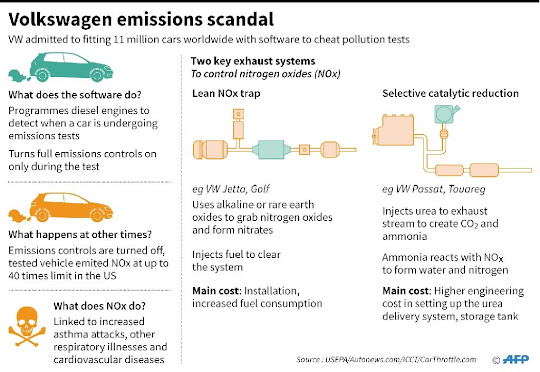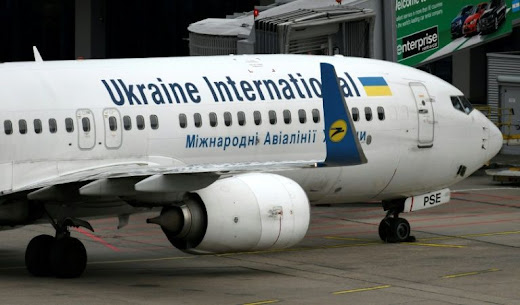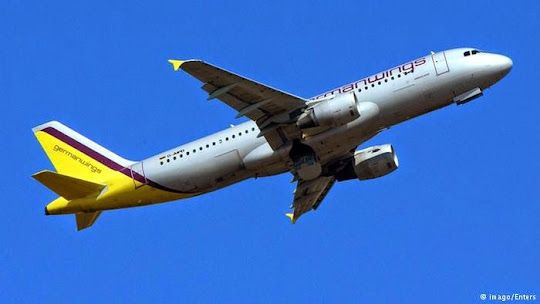 |
| The astronauts would input two-digit codes for verbs and nouns, to carry out commands like firing thrusters, or locking on to a particular star to re-align the ship (AFP Photo/Handout) |
Washington (AFP) - We've all been there: you're working on something important, your PC crashes, and you lose all your progress.
Such a
failure was not an option during the Apollo missions, the first time ever that
a computer was entrusted with handling flight control and life support systems
-- and therefore the lives of the astronauts on board.
Despite an
infamous false alarm during lunar descent that sent Commander Neil Armstrong's
heart rate racing, it was a resounding success that laid the groundwork for
everything from modern avionics to multitasking operating systems.
Here are
some of the ways the Apollo Guidance Computer (AGC), millions of times less
powerful than a 2019 smartphone, shaped the world we live in today:
Microchip
revolution
Integrated
circuits, or microchips, were a necessary part of the miniaturization process
that allowed computers to be placed on board spacecraft, in contrast to the
giant, power-hungry vacuum tube technology that came before.
The credit
for their invention goes to Jack Kilby of Texas Instruments, and Robert Noyce,
who co-founded Fairchild Semiconductor and later Intel in Mountain View,
California.
But NASA
and the Department of Defense -- which needed microchips to guide their
Minuteman ballistic missiles pointed at the Soviet Union -- greatly accelerated
their development by producing the demand that facilitated mass production.
"They
had these incredible, absolutely insane requirements for reliability that
nobody could possibly imagine," Frank O'Brien, a spaceflight historian and
author of "The Apollo Guidance Computer: Architecture and Operation,"
told AFP.
In the
early 1960s, the two agencies bought almost all the microchips made in the US,
roughly a million all told, added O'Brien, forcing the makers to improve their
designs and build circuits that lasted longer than their early life cycles of
just a few hours.
Multitasking
Modern
computers, such as the smartphone in your pocket, are generally capable of
doing a myriad of tasks all at once: handling emails in one window, a GPS map
in another, various social network apps, all the while ready for incoming calls
and texts.
But in the
early era of computers, we thought of them in a fundamentally different way.
"There
wasn't a lot they were asked to do. They were asked to crunch numbers and
replace humans who would do them on mechanical adding machines," said
Seamus Tuohy, the principal director of space systems at Draper, which spun off
from the MIT Instrumentation Laboratory that developed the Apollo Guidance
Computer.
That all
changed with Apollo Guidance Computer, a briefcase-sized machine that needed to
juggle an array of vital tasks, from navigating the ship to running its oxygen
generator, heaters and carbon dioxide scrubbers.
 |
Margaret
Hamilton led the team that programmed Apollo's flight computer; their code
allowed the machine to prioritize crucial tasks over non-essential ones (AFP
Photo/HO)
|
Instead of
a computer operator giving a machine a set of calculations and leaving it for
hours or even days to work out the answer -- all of this needed to be done in a
time-sensitive fashion, with cut-offs, and the ability for users (astronauts)
to give it commands in real time.
NASA felt
it required an onboard computer to handle all these functions in case the
Soviets tried to jam radio communications between ground control in Houston and
US spaceships, and because Apollo was originally conceived to go deeper into
the solar system.
All of this
required a software "architecture," much of which was designed by
engineer Hal Laning.
Real-time
input
It also
needed new ways for man to interact with machine that went beyond the punch-card
programming of the time.
The
engineers came up with three key ways: the switches that you still find in
modern cockpits, a hand-controller that was connected to the world's first
digital fly-by-wire system, and a "display and keyboard" unit, abbreviated
DSKY (pronounced "dis-key").
The
astronauts would input two-digit codes for verbs and nouns, to carry out
commands like firing thrusters, or locking on to a particular star if the ship,
which relied on an inertial guidance system to keep its pitch, roll and yaw
stable, had begun to drift off course.
 |
| "The way that computer handled the overload was a real breakthrough" said Paul Ceruzzi, a Smithsonian Institution scholar on aerospace electronics (AFP Photo/Issam AHMED) |
O'Brien
used the metaphor of a tourist who visits the US and is hungry but doesn't know
much English, and might say "Eat pizza" to convey the basic meaning.
Passing
the test
Apollo 11's
most tense moment came during the final minutes of its descent to the lunar
surface, when the computer's alarm bells began ringing and making it seem as
though it had crashed.
Such an
event could well have been catastrophic, forcing the crew to abort their
mission or even sending the vessel spiralling out of control to the surface.
Back in
Houston, an engineer realized that while the machine was temporarily
overloaded, its clever programming allowed it to automatically shed less
important tasks and focus on landing.
"The
way that computer handled the overload was a real breakthrough" said Paul
Ceruzzi, a Smithsonian Institution scholar on aerospace electronics.
O'Brien
noted that while the AGC was puny by modern computing standards, with a clock
speed of 1 Mhz and a total of 38Kb of memory, such comparisons belied its true
caliber.
"With
that terribly small capacity, they were able to do all the amazing things that
we now think of as completely normal," he said.








